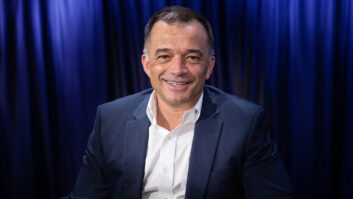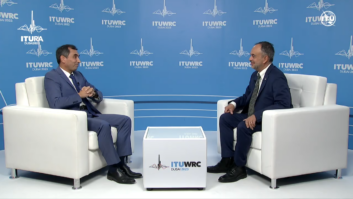While to many the issue of an interlace versus a progressive-scan HDTV standard had taken on the entrenched fervour of a religious debate, EBU technical director Phil Laven said at last week’s HD Masters conference in London that there is no need for a format war in Europe as all the HD-Ready sets are standards-agile, writes Richard Dean.
However Laven left no doubt about the EBU’s preference at the packed HD Masters conference, organised by TVBEurope in partnership with BKSTS and SMPTE. “Tests have shown that viewers see little difference between uncompressed 720p and 1080i pictures, but prefer 720p on compressed signals,” said Laven, pointing out that for the foreseeable future viewers will never see uncompressed pictures at home. “So 720p offers broadcasters better quality at the same rate, or the same quality at a lower rate, perhaps making way for more channels.
“Interlace is an old but effective technique for bandwidth reduction dating back to the 1930s, but modern compression techniques are more efficient,” added Laven, hammering the point home. “Although converting from progressively scanned footage into final interlaced broadcast is easy and accurate, converting in the opposite direction creates errors and approximations, so we believe that interlace should be avoided anywhere in the chain.
“The EBU position is that the emission standard should be progressive – 720p/50 now, and 1080p/50 in the longer term.”
Heralding 1080p as the ‘third generation HD standard’ from which 720p and 1080i formats can be easily derived if required, Laven conceded that the format consumes a mighty 3 Gbps of bandwidth at full quality. SMPTE is working on a new standard for both 1080p/50 and 1080p/60 in the US, with the likelihood of 1.5 Gbps ‘mezzanine’ compression variants for existing HD SDI infrastructure. “However it may surprise some of you,” Laven told his hushed near-capacity audience, “to learn that stripped of the coding overhead associated with interlace, 1080p/50 actually needs a lower data rate than 1080i/50 to achieve the same subjective picture quality.”
Far from closing down the religious divide on picture scan formats, Laven’s claims seem likely to give the topic a whole new lease of life.






